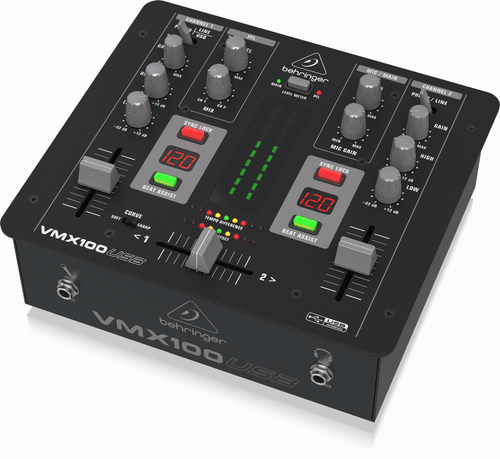- All GUITARS / BASS
- Classical Guitars
- Electric Guitar Pickups
- Guitar Capos
- Guitar straps
- GUITARS
- Guitars Cases and Bags
- Left Handed Acoustic Guitars
- Guitar - Classical, Package
- Guitar - Classical, Left Hand
- Acoustic Guitars
- Electric - Acoustic Guitars
- Bass Guitars
- Bass Amp
- Guitar Amps
- Electric Guitars
- Guitar & Bass Strings
- Guitar And Bass Amplifiers
- Guitar And Bass Packs
- Guitar Accessories
- Effects Pedals
- Ukulele
- Banjo and Mandolins
- All DRUMS / PERCUSSION
- Acoustic Drums
- Drum Heads Remo
- DRUMS AND PERCUSSION
- Drums, Bongos & Bodhrans
- Percussion
- Percussion & Educational
- Percussion Drum Bags
- Percussion Drums
- Percussion Mallets
- Percussion Sets
- Percussion Stands
- V-DRUMS & Percussion
- Electronic Drumkits
- Cymbals
- Drum Heads
- Pedals & Stands
- Drum Thrones
- Drum Cases
- Drum Accessories
- Tuned Percussion
- Latin Percussion
- All PA / LIVE SOUND
- Amplifiers
- AUDIO PROCESSOR
- Hearing Loop Amplifiers
- Loudspeaker Systems
- MICROPHONES AND HEADPHONES
- MIXER AMPLIFIERS
- Mixers1
- Passive Speakers
- Powered Speakers
- In Ear Monitoring
- Installation Speakers
- Microphones
- Mixers
- Pa Packages
- Portable Pa
- Professional Audio Accessories
- Signal Processing
- Subwoofers
- All ACCESSORIES
- Accessories - Amplification
- Badges & Jewellery
- Leads and Cables
- Metronomes
- Microphone Stands
- Mugs, Ties, Umbrellas & Clocks
- Music Stands
- Music Stands, Bags, Lights bags
- Music Stationery
- Musician Busts
- Reeds
- Straps & Accessories
- Utility Cases
- Covers And Bags
- Equipment Cases
- Power Accessories
- Stands




Behringer Ultralink Pro MX882 V2 Mixer
BEHRINGER
MSRP:
Was:
Now:
$225.00
(You save
)
- SKU:
- 450514
- Availability:
- Available to Order Check Stock Availability
- Shipping:
- Calculated at Checkout















